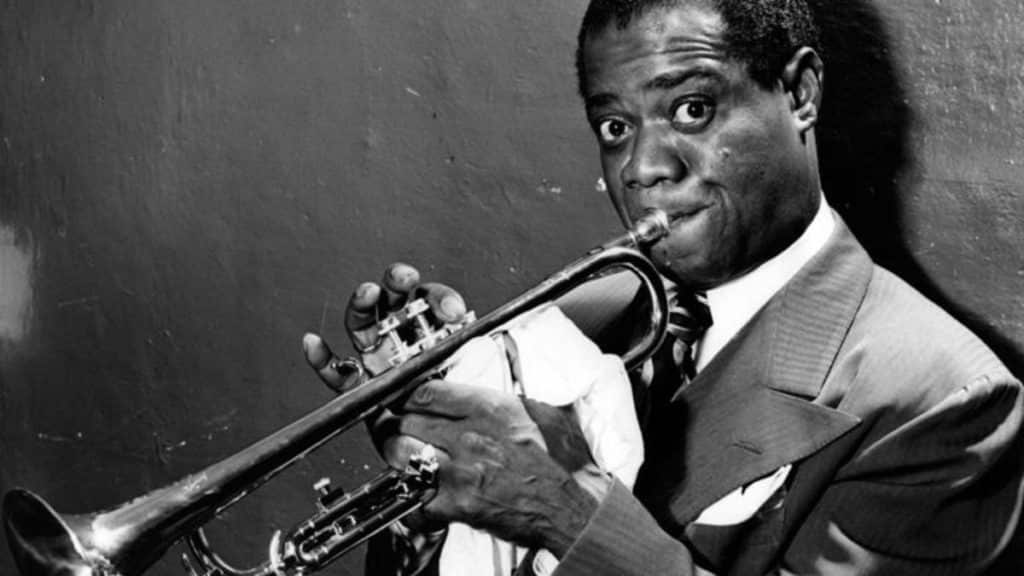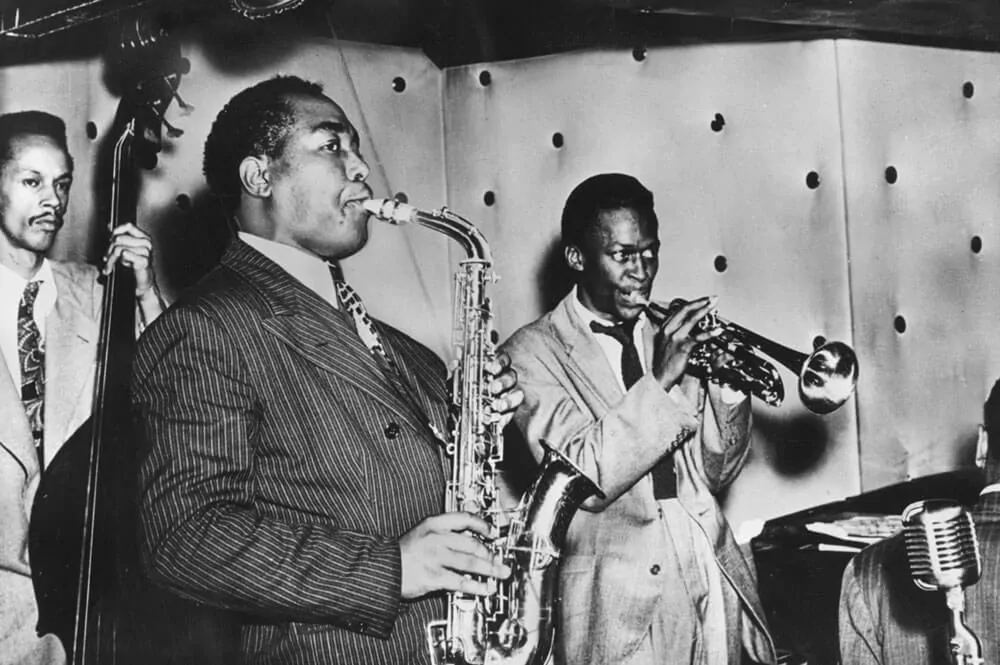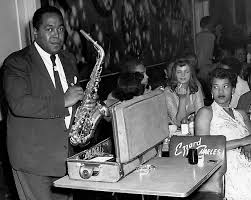Thesis Statement
Traditional New Orleans jazz is a style of music that has unique stylistic elements and is connected to regional festival traditions.
Introduction
In the 1870s, African/Caribbean and European that combined and adapted Old World practices into new forms deriving from a distinctive regional environment. Jazz started to develop just after the turn of the century as a component of a vast musical revolution that also included ragtime, blues, and spirituals. Beginning the evolution of jazz in New Orleans is the fame of bandleader Charles “Buddy” Bolden, a “uptown” cornetist whose charm and musical might became legendary.


Bolden started his own band in 1895 after briefly performing with Charley Galloway’s string band in 1894. Throughout the following ten years, he developed a devoted following by entertaining dancers all over the city. String bands, led by violinists, had previously dominated the dance music industry during the nineteenth century, providing waltzes, quadrilles, polkas, and schottisches to an elegant dancing clientele. By the turn of the century, a sound that combined elements of both brass marching bands and string bands predominated: the front line was often made up of cornet, clarinet, and trombone, with the rhythm section consisting of guitar, bass, and drums. Younger spectators at dance performances wished for more energy. Ragtime, blues, and eventually jazz filled this void after their introduction. Kid Ory’s Creole Band was the group that most effectively exemplified the shift from Bolden’s early experiments to the classical jazz band of the 1920s.
Ory’s tenure as a bandleader in the Crescent City was during the years when New Orleans musicians’ collective improvisation technique matured. Similar to how Jack Laine’s bands helped young white musicians develop their talent, his band served as an incubator for the growth of black jazz talent. Ory led the first black jazz band in New Orleans to release a recording, “Ory’s Creole Trombone,” in 1921.


In Conlusion
The popular musical styles that spread across the United States after the Civil War had an impact on New Orleans music as well. The popularity of brass marching bands in the late 1880s led to the emergence of brass bands all throughout America. The popularity of syncopated musical genres like minstrel tunes and cakewalks, which were influenced by African-American customs, was also rising on a national level. Ragtime, a style of syncopated piano music, became popular in the 1890s, and brass bands started adding ragtime songs to their repertoire to diversify it.

